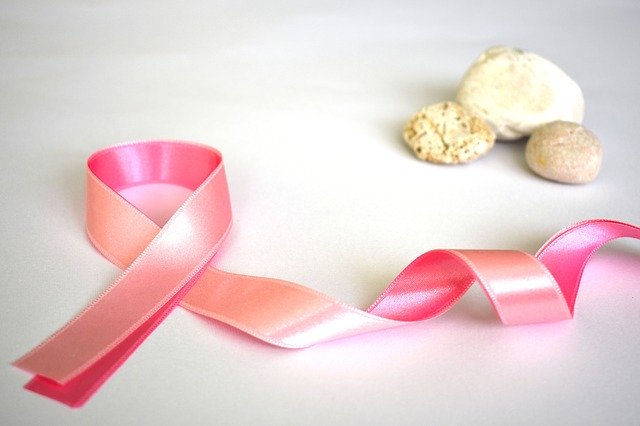One of the biggest roadblocks in the management of cancer is the resistance to treatment in patients. The cancer cells develop resistance towards chemotherapy drugs and impair effective treatment. However, a new study claims that a common and inexpensive drug could counter this resistance in patients suffering from acute myeloid leukaemia (AML).
Performed on mice and human blood cells, the study by researchers from Karolinska Institutet and SciLifeLab, suggests that Hydroxyurea, an inexpensive and common drug, could counteract cancer treatment resistance.
"Hydroxyurea is an approved drug that is already used to treat AML, so we think it has great potential," said Nikolas Herold, a researcher at the Department of Women's and Children's Health at Karolinska Institutet in Sweden, in a statement.

What is acute myeloid leukaemia (AML)?
Leukaemia, collectively, are a group of cancers associated with blood, where there is a surplus production of white blood cells. While some advance gradually, others are chronic and progress rapidly.
AML is a form of leukaemia that is associated with the build-up of pathologically mutated bone marrow cells. These cells invariably enter the bloodstream, and both, healthy and tumour cells simultaneously exist in it. The initial symptoms can be as simple as a severe cold. Without timely diagnosis and treatment, AML can result in death in a matter of weeks.
Current treatment and its limitations
Cytarabine (ara-C), a cytotoxic drug—which prevents the replication of DNA—is the most common drug used to treat AML. However, the expression of high levels of the enzyme SAMHD1 by the cancer cells, make the treatment ineffective in many patients. SAMHD1 breaks down an active metabolite—intermediate products produced during the metabolism of a substance— of cytarabine known as ara-CTP.
Such patients have statistically low chances of survival when compared to patients with lower levels of SAMHD1. Hence, an effective method to bolster AML treatment is to impede the effect of the problematic enzyme on cytarabine.
Zeroing on three substances
During the course of the study, the researchers examined the effect of over 33,000 substances on the ability of SAMHD1 to break down ara-CTP in cancer cells treated with cytarabine. Three ribonucleotide reductase inhibitors (RNRi)—cancer drugs that hinder the growth of leukaemic cells—were found to significantly reduce SAMHD1's ability to turn off ara-CTP. They were: hydroxyurea, gemcitabine, and triapine.

"Adding any of these three substances significantly improved the effect of the cytarabine-treatment in cell samples with high levels of SAMHD1," said Herold. He added that it held true for samples collected from both adult and child AML patients. Also, the survival rates in mice increased when cytarabine was integrated with an RNRi, he said.
Hydroxyurea a viable candidate
Gemcitabine is used in the treatment of various forms of cancer. However, repeated use can have toxic effects. Triapine is a drug that is undergoing clinical studies for possible cancer treatment applications. Combination therapies using the drug in animal studies showed no side-effects other than the already known ones associated with cytarabine treatments
Hydroxyurea, an inexpensive drug is already used in the treatment of blood diseases such as AML. Nonetheless, it has not seen methodical use in combination with cytarabine.
Clinical trials to study the effectiveness of Hydroxyurea
The next step forward is conducting clinical studies say the researchers. Through the enrolment of patients diagnosed with AML recently, they intend to evaluate the effect of integrating conventional AML treatment.
"If our research results can be confirmed in clinical trials, the treatment of AML could be significantly improved also in developing countries with limited resources since hydroxyurea is patent-free and doesn't cost more than ibuprofen," concluded Herold.









